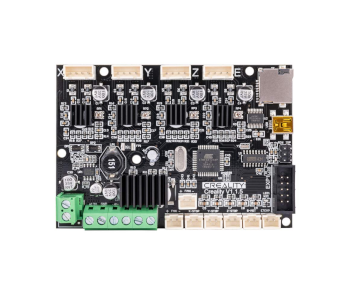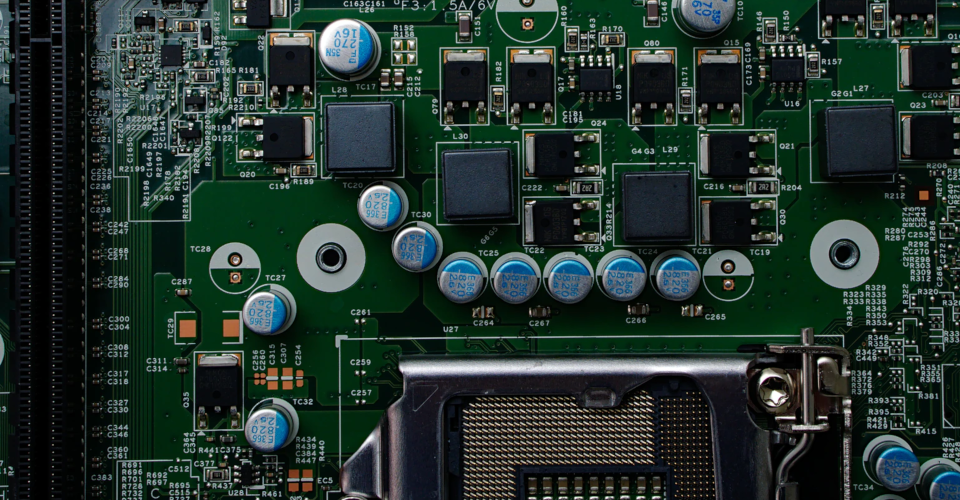Signs of a Bad Motherboard – How to Recognize One and What You Can Do About It
Pinning your computer’s irregular behavior to a failing motherboard is notoriously tricky. The most frequent symptoms include freezing or blue screens of death, failure to boot into the operating system, and failure to power on at all. The trouble is that all of these signs of a bad motherboard can be traced back to multiple hardware and software sources. It would be best if you diagnosed everything else before leaving the motherboard as your final option.
Diagnosing the software side of things
Tracing your troubles to a software issue is the best-case scenario since you can address them without having to replace any hardware components. You can usually fix software issues by identifying and removing the culprit. However, the worst-case scenario may force you to format your drives and reinstall everything, so always keep backups of vital files.
The first thing you should do is determine when the problems started. It might have been on the day when you installed a particular application or downloaded drivers for new hardware. Some peripheral management programs are known to cause BSODs when interacting with one another, so disable them and see if that helps. Windows has become notorious for putting out updates that introduce all manner of instabilities and cause crashes. Check online if other people started having similar issues at the same time as yourself and wait for a patch that will resolve them.
Getting a BSOD can be annoying and scary, but it’s also one of the best leads when trying to diagnose a problem before touching your hardware. Every BSOD contains an error code that points to a potential cause. Memory stick, hard disk, and graphics card failures are the most common and the easiest to identify through these error codes.
Tackling the hardware

If the error messages you’re getting are inconclusive, it’s time to take a look under the hood. As with new programs and updates, any recently-installed components are the first thing you should isolate. Check that they fit in place firmly and that no connecting cables are loose. Swap the new parts out for old ones if you still have them and see if that changes anything.
Failing to boot or power on indicates a bad motherboard, but it can also mean your power supply is dead or dying. Take it out of the computer and connect it to another to see if the PSU is at fault, or borrow one you know is working to test it in your system.
Turning the computer on might cause the motherboard’s speaker to emit a series of beeps. There’s no unifying standard, so you’ll have to consult your motherboard’s instruction manual to decipher the code. Some codes signal complete motherboard failure while others indicate faulty ports.
While you’re at it, examine the motherboard itself. Bent, bloated, or burnt capacitors are a telltale sign that the mobo is fried. The board might even look fine from the outside, so take a whiff and see if it smells like burned plastic or rubber.
The motherboard is dead. What can I do?
You’ll have to get a replacement and either install it yourself or get a computer shop to do it for you. Check the old motherboard’s warranty to see if you’re still covered. Send your computer to a licensed repair shop to replace it for free if the warranty is still valid. You can get a new one and have it installed for a fee if it isn’t.
Try to get the same motherboard model regardless of the warranty since you’ll be sure that other components in your system will remain compatible. Newer motherboards come with standards and technologies, so it might be a good idea to upgrade other components as well if your system is old and your budget allows for it.
How to prevent future motherboard problems?
Heat and faulty power delivery are the two chief reasons for power failure. Do your research when buying components and select ones that remain cool under load. Be sure to regularly clean the case from dust since it builds up and makes the system run hotter and less efficient.
Never buy a power supply from untrustworthy brands! Ensure that its wattage exceeds your system’s power draw and that the PSU is certified as at least 80 PLUS Bronze. It’s also a good idea to plug a surge protector into the outlet the PC is using if the wiring in your home is old or your area is prone to power outages.

